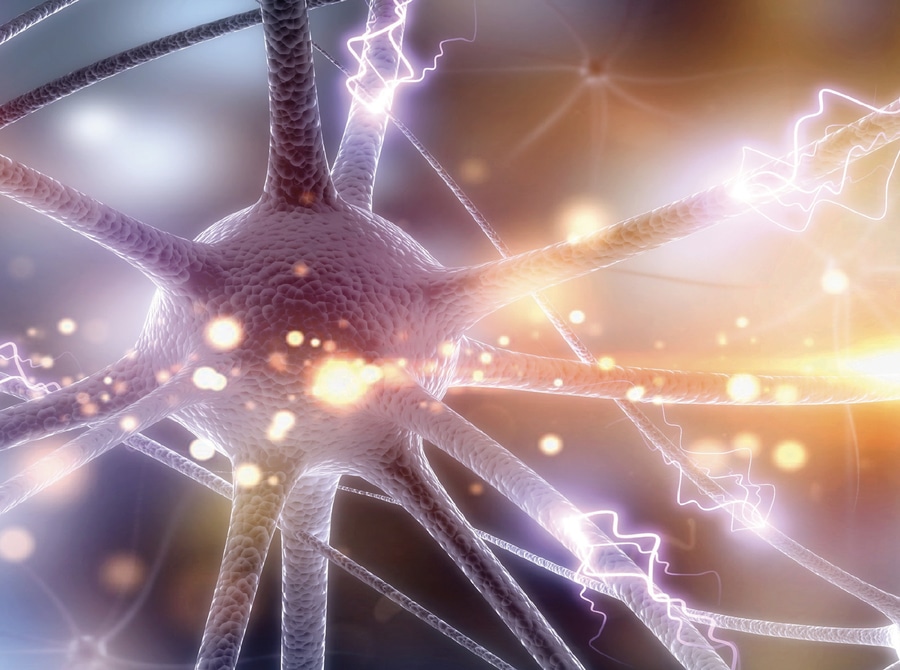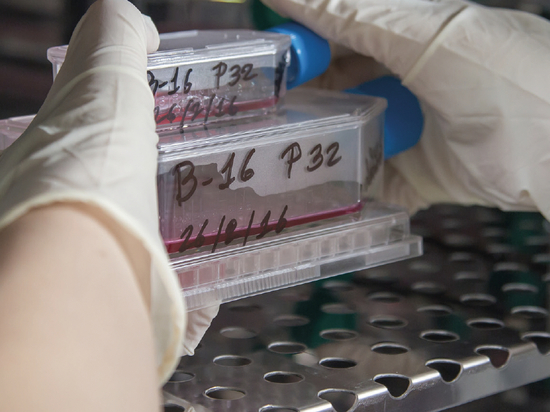
#Industry News
Neuronal Progenitor Cells for Transplantation
Transporting User Report | Cattaneo Lab - University of Milan INGM | Cellbox Solutions
The prevalence of chronic and irreversible age-related neurodegenerative disorders is increasing globally as a result of our ever-increasing life expectancy. Because the brain is a limited regenerative organ, there are few options for halting or repairing the damage occurring in these individuals‘ brains. As a result, current treatments for neurodegenerative illnesses are primarily symptomatic, with no prevention, halting, or restoration of the neurodegenerative processes. Neural cell replacement and circuit rebuilding based on stem cell technologies stand out as very promising future therapeutic approaches for mending damaged brains.
THE PROJECT
The project aims to develop an ESC-based cell replacement approach for the neurodegenerative condition Huntington‘s disease. This is based on the differentiation of pluripotent stem cells through a published protocol (Delli Carri, Development, 2013) where in 20 in vitro days, committed progenitors of striatal neurons that are affected by the disease are generated.Surgical transplant of these progenitors in animal models of HD allows the investigation of the therapeutic efficacy of this specific cell replacement approach.
As the current state of therapeutic approach for this project is limited to the use of fresh products, and the project relies on national and international collaboration, a controlled system was required to ensure optimal conditions were maintained during the transport. The Cellbox was chosen, as it provided temperature, CO2 control, remote monitoring and overall great autonomy. In this instance, live neuronal progenitor cells were transported from Milan (Italy) to Lund (Sweden) for a successful transplantation procedure. The transport took about 8 hours.
THE OUTCOME
Upon arrival, the cells were inspected using conventional brightfield microscopy and immediately lifted off the plates to generate a single cell suspension ready for transplantation in the animals. A subset of the cells was analysed by immunocytochemistry staining for markers characteristic of striatal projection neurons. Dopamine- and cAMP-regulated neuronal phosphoprotein (DARPP-32); B-cell lymphoma/leukaemia 11B (CTIP2); Microtubule-associated protein 2 (MAP2). The transplantation in the animals was successful and subsequent analysis will follow.







